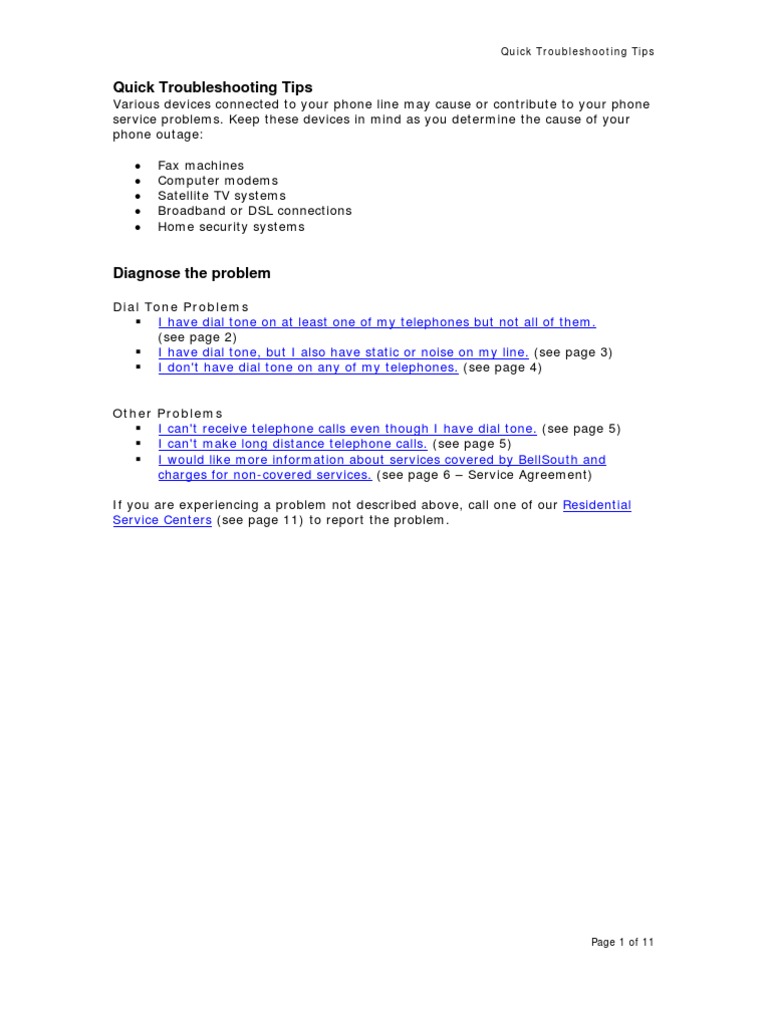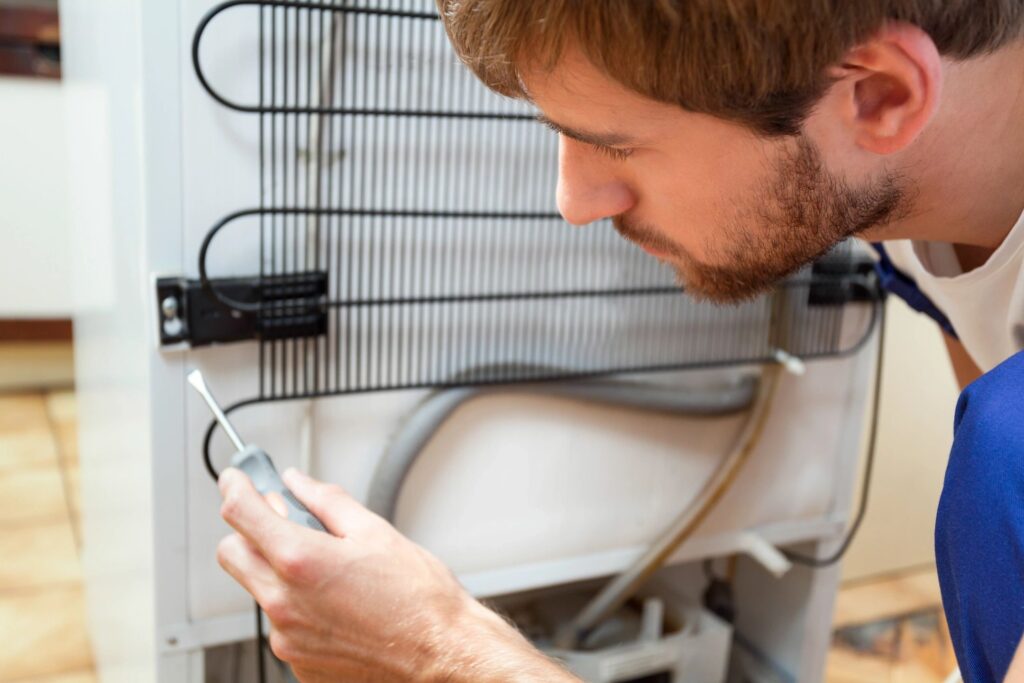

Troubleshooting simple problems on major appliances before calling a technician is a valuable skill for any homeowner. It saves you time, money, and often eliminates unnecessary trips to a repair shop. Appliance troubleshooting involves diagnosing and resolving minor problems, allowing you to maintain your household appliances effectively and efficiently. This article aims to help you tackle these issues yourself. You’ll learn how to diagnose and fix numerous minor issues, saving you time and money. This comprehensive guide provides actionable steps, allowing you to confidently face routine appliance challenges. We’ll cover common problems with various appliances, offering practical solutions for each. By understanding the fundamental mechanics, you’ll increase your confidence when facing common troubleshooting scenarios.
Refrigerator Troubleshooting
Ice Maker Issues
Refrigerator ice makers can malfunction due to several reasons. First, check the water supply to the ice maker. A blocked or loose water line can prevent ice production. Secondly, examine the ice maker’s internal components, such as the auger and the chute, to ensure they are not clogged or jammed with ice. Inspect the ice maker’s wiring to ensure that it is properly connected and that the power supply is not interrupted. Common issues often stem from debris or mineral buildup. Clean the ice maker mechanism regularly to maintain proper functionality. A good guideline is to clean at least once per month to prevent long-term problems. An improperly installed ice maker or an incorrectly adjusted water valve are possible factors that need attention. Review your refrigerator’s owner’s manual for specific maintenance recommendations.
Cooling Issues
Uneven or insufficient cooling often stems from issues with the refrigerator’s compressor or refrigerant. Firstly, check the thermostat setting, ensuring it’s appropriately set for the desired temperature. The correct setting is usually around 37–39 degrees Fahrenheit, but this may vary depending on the model. Secondly, evaluate the refrigerator’s placement and ensure that it has adequate space for proper air circulation around the appliance. If the unit is placed in direct sunlight or close to a heat source, the cooling efficiency could be impaired. Inspect for any obvious signs of damage or debris on the condenser coil. This is a common area where obstructions can reduce airflow and affect cooling efficiency.
Improper Use of Features
Incorrect use of the freezer and fridge features, such as incorrect placement of food items or improper setting of cooling systems, can impact the performance of a refrigerator. This can occur when food is not stored properly or when the door isn’t properly closed, leading to temperature fluctuations and possibly freezer burn or excessive warm spots. Another common issue is the use of inappropriate freezer items and placing foods in the wrong locations. Consult the refrigerator’s user manual for recommended storage methods to guarantee ideal conditions.
Washing Machine Troubleshooting
Poor Washing Performance
Poor washing performance can stem from several issues. Check for lint build-up in the washing machine’s lint filter. A clogged lint filter impedes proper water circulation and affects the washing process. Secondly, evaluate the water level and ensure that the water inlet valve is functioning correctly and that it’s properly connected to the water supply. Water leaks can be caused by a damaged hose or a faulty valve, thereby hindering the wash cycle. A significant contributing factor can be excess detergent, which can interfere with proper water rinsing. Use a moderate amount of detergent, following the recommended dosages indicated in your machine’s instructions.
Dishwasher Troubleshooting
Dishes Not Cleaning Properly
Dishwashers sometimes struggle to clean dishes adequately due to several causes. A clogged drain or filter in the dishwasher can impede water circulation, affecting the cleaning process. Examine the detergent dispenser, ensuring it is correctly inserted and functioning appropriately. Incorrect detergent dosage can significantly affect cleaning ability. Use the suggested amount of detergent from the instructions for optimal results. Check the dishwasher’s filter for clogs and obstructions. If any hard water deposits are noticeable on dishes or the interior of the dishwasher, run a cleaning cycle using a suitable cleaner to restore the dishwasher’s cleaning effectiveness. Inspect the spray arms for clogs and debris to ensure proper water distribution.
Excessive Noise During Operation
Excessive noise during operation can often be traced to loose or damaged components within the dishwasher. The most common issues are noisy pumps or worn-out parts. Ensure that the dishwasher is properly leveled, minimizing the vibrations which may be transmitting to your floor or surrounding cabinets. Inspect the spray arms for any signs of damage or misalignment to ensure proper operation. Examine the motor and ensure it is securely installed and functioning correctly without any noticeable mechanical issues or structural damage.
Oven Troubleshooting
Uneven Heating
Uneven heating can result from various issues related to the heating elements or airflow within the oven. A critical first step is inspecting the heating elements for visible damage or discoloration. This includes ensuring the heating elements are correctly positioned, properly contacting the oven cavity, and securely fastened for efficient operation. Ensure that there are no obstructions or blockages within the oven cavity that might impede the airflow. Accumulated debris or food particles can disrupt the airflow patterns within the oven and cause uneven heating. Cleaning the oven frequently is crucial for maintaining even heating performance. The use of inappropriate cookware can affect heating patterns by altering heat distribution. Make sure that the cookware is compatible with the heating elements to promote even heating.
Dryer Troubleshooting
Clothes Not Drying Completely
Clothes not drying completely can stem from several issues. Check the dryer vent for blockages such as lint buildup. Clogged vents hinder proper airflow, which is essential for effective drying. Secondly, inspect the lint filter; a clogged lint filter compromises the dryer’s ability to remove moisture from clothes. The recommended frequency for cleaning the lint filter is at least every load to maintain optimal dryer performance. Check for any damage to the dryer’s heating elements and ensure they’re properly connected. Problems with the heating element can negatively impact the drying process. Incorrect loading of clothes may prevent effective air circulation within the drum, thereby impacting drying.
Additional Tips for Success
Safety First
Prioritize safety when troubleshooting appliances. If you are not comfortable working with electrical components or machinery, contact a qualified technician. Working with electricity or appliances can have safety implications. Before starting any troubleshooting, ensure you have turned off the power supply to the appliance. Be extra cautious when working on components, taking precautions such as wearing appropriate safety gear. This ensures that you, your family, and your surroundings are protected during the process.
Consult Manuals
Always refer to the appliance’s user manual before tackling any troubleshooting task. These manuals provide specific troubleshooting guides, diagrams, and maintenance schedules unique to your model. These resources offer valuable insights to properly resolve appliance malfunctions. They also provide instructions for cleaning and operating the appliance, ensuring you’re using it according to the manufacturer’s recommendations.
Understanding Appliance Components
Basic Appliance Mechanics
Understanding basic appliance mechanics is key to diagnosing minor issues. Appliances usually contain a power supply, electrical circuitry, and often a cooling mechanism or heating element to achieve their intended purpose. These elements rely on connections, electrical wiring, and mechanical components, which can experience damage or malfunctions from wear and tear or improper use over time. Understanding these parts is vital for determining the source of issues.
Advanced Troubleshooting Techniques
Using Diagnostic Tools
Using diagnostic tools like multimeter or circuit testers can be helpful in diagnosing electrical issues with your appliances. The multimeter allows you to check voltage levels and identify faulty wiring. Use them cautiously as they require electrical expertise and proper safety precautions. Be aware of the dangers that these tools might pose if mishandled and seek professional help if necessary.
Maintenance Schedules
Regular Maintenance Practices
Establishing a regular maintenance schedule for your appliances is a proactive approach to avoiding costly repairs and extending their lifespan. This includes cleaning the filter regularly, checking connections for tightness, and ensuring that the appliance is in a location that provides optimal cooling and airflow. Regular cleaning prevents accumulated dust and debris from hindering operation and reducing efficiency. Following this advice is key to preventing significant damage to major appliances over their lifespan. Cleaning, inspection, and care will reduce repairs and extend the lifespan of your household appliances.
Frequently Asked Questions
What are the most common causes of appliance malfunctions?
Common causes of appliance malfunctions can include worn-out parts, faulty wiring, incorrect usage, and accumulated debris or dust. Improper maintenance, voltage fluctuations, or even an appliance that’s beyond its expected lifespan can also play a role. These factors might manifest as strange noises, unusual vibrations, or unexpected shutdowns. Understanding these potential culprits is crucial to effectively diagnosing and resolving the issue at hand.
How can I determine if a problem is a DIY fix or requires professional help?
Determining whether an appliance issue requires a DIY fix or professional help hinges on your comfort level, your technical expertise and time constraints. If the problem involves intricate electrical components, complex mechanics, or poses a potential safety hazard, it’s best to leave the repair to a qualified technician. However, if the problem appears more straightforward, like a loose connection or a jammed part, it might be within your capabilities to address. Always prioritize safety and carefully read the appliance’s instructions before attempting any DIY repairs.
How can I prevent appliance problems in the future?
Preventing appliance problems involves a combination of preventative maintenance and correct use. Regular cleaning and maintenance tasks, like vacuuming out vents, checking for loose connections, or ensuring you’re using the appliance correctly, are crucial to extending its lifespan. Additionally, consult your appliance’s user manual for specific maintenance instructions. Using the appliance according to the manufacturer’s recommendations helps in preserving it and preventing potential malfunctions.
Where can I find reliable resources for appliance troubleshooting?
You can find reliable resources for appliance troubleshooting through manufacturer websites, online forums dedicated to appliance repair, or by consulting homeowner guides or repair manuals. These resources can offer valuable insights, troubleshooting guides, and even step-by-step instructions specific to your appliance’s model. Use search engines and focus on trusted sources to get the most accurate and helpful solutions.
In summary, troubleshooting simple appliance problems before calling a technician can save you time, money, and frustration. By understanding the common causes of issues and following these step-by-step guides, you can often resolve the problem yourself. Remember to prioritize safety and consult your appliance’s manual for specific instructions. If the problem persists, don’t hesitate to call a qualified appliance repair technician. Don’t delay, take action now and discover how to resolve your household appliance issues efficiently!